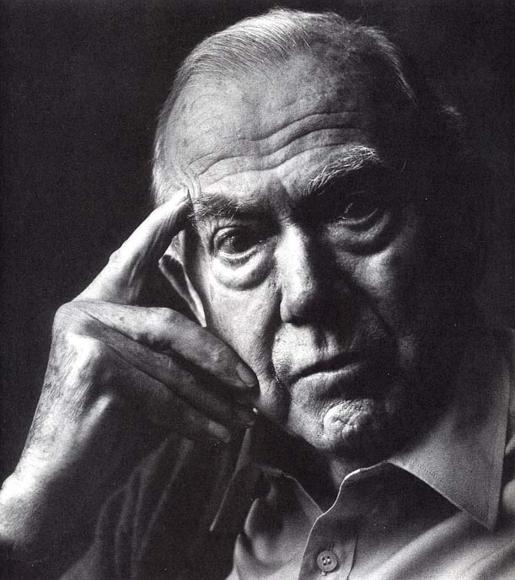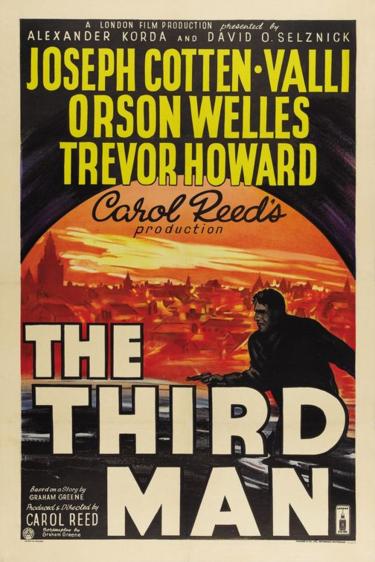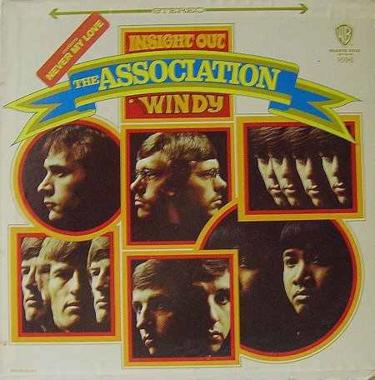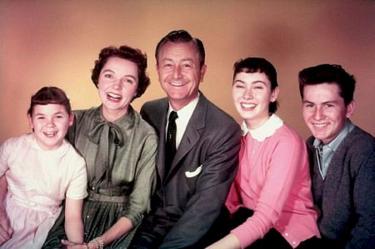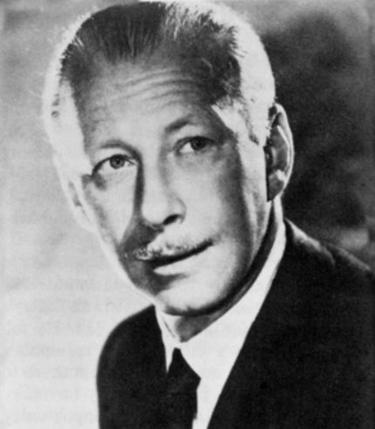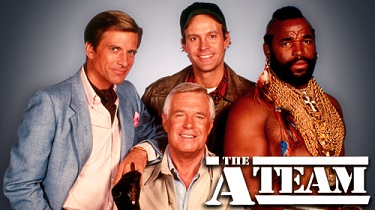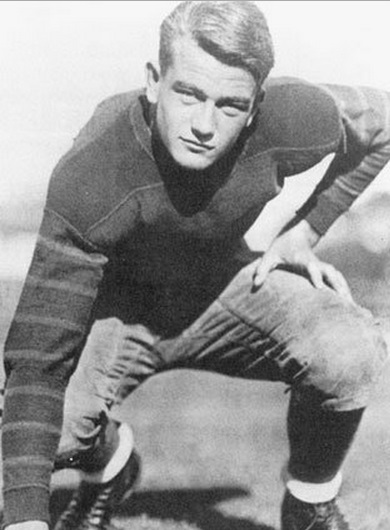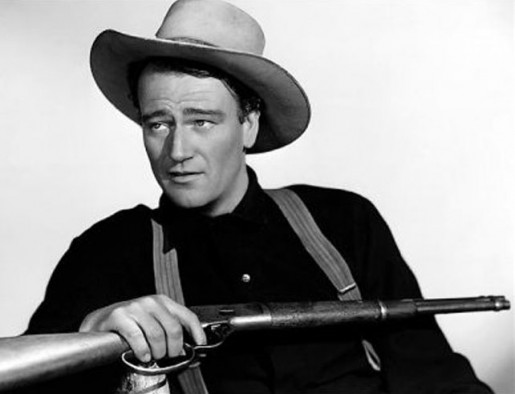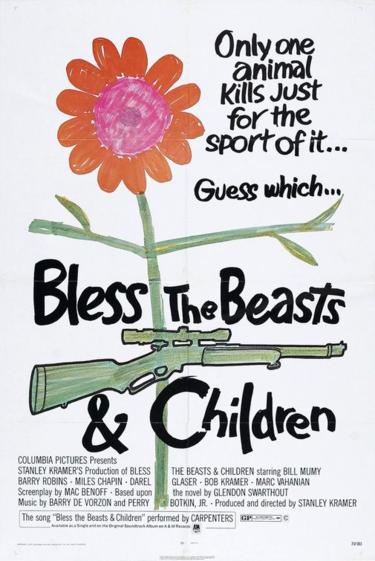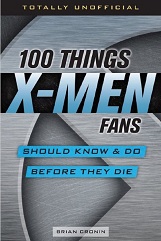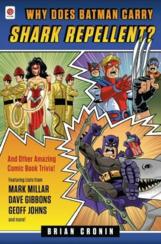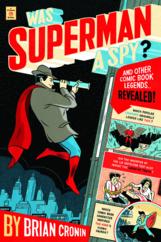Here is the latest in a series of examinations into urban legends about novels and novelists and whether they are true or false. Click here to view an archive of the novel urban legends featured so far.
NOVEL URBAN LEGEND: The Central Intelligence Agency (CIA) aided Boris Pasternak’s Nobel Prize chances in 1958 for his novel Doctor Zhivago.
While he began work on it decades earlier, it was not until after World War II that Boris Pasternak seriously began to devote time to finishing his novel, which ultimately became known as Doctor Zhivago, about a man torn between two women during the Russian Revolution and the Civil War that followed.

The story is now best known for the epic film adaptation by David Lean during the 1960s…
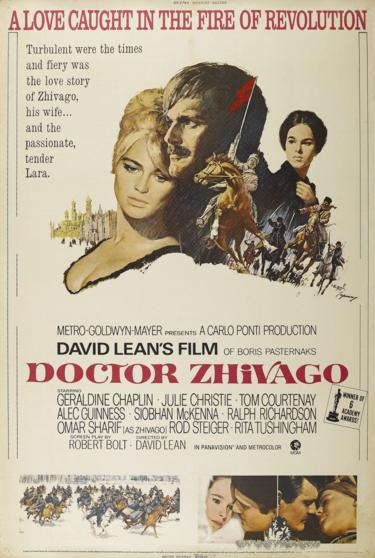
but in 1958, the year following its release, it was also noteworthy for winning its author the Nobel Prize for Literature.
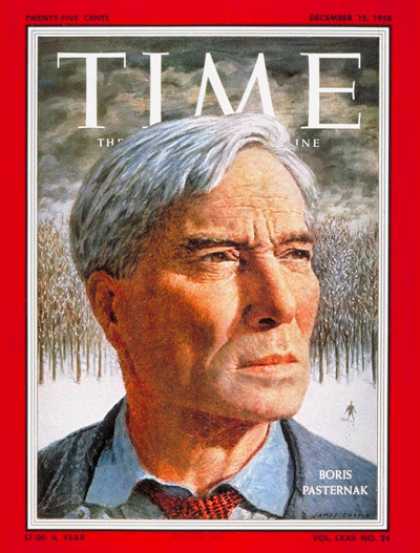
Sadly, due to disapproval from the Soviet Union, where Pasternak and his family lived, Pasternak was forced to turn down the Nobel Prize.
Initially, he received the news of his award with great interest, sending a telegram (after being informed of his victory) that he was “Immensely thankful, touched, proud, astonished, abashed” but a few days later he wrote another one, “Considering the meaning this award has been given in the society to which I belong, I must reject this undeserved prize which has been presented to me. Please do not receive my voluntary rejection with displeasure.”
This was because the novel was seen as somewhat derogatory toward the Communist view on life. It was banned from the Soviet Union, and in fact, after Pasternak’s death in 1960, his mistress, Olga Ivinskaya (who may have been the inspiration for the Lara character in Zhivago), and their daughter, were later sent to prison for allegedly receiving money from the sale of Doctor Zhivago outside the Soviet Union. That’s how hardcore the Soviets were about this book.
So, perhaps unsurprisingly, the Central Intelligence Agency (CIA) was that interested in helping the book get MORE notice outside the USSR!
Read the rest of this entry »
